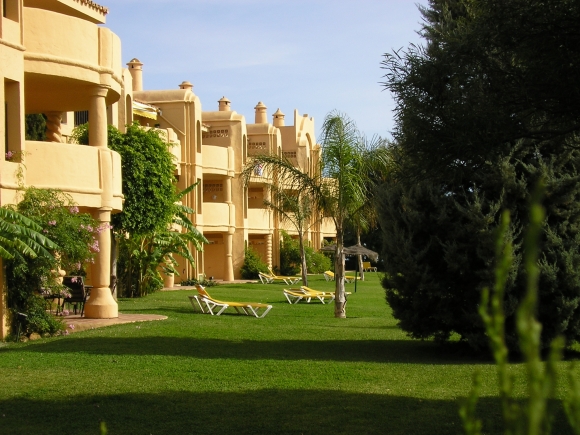In Part 1 of this post, I looked at the main obstacle facing a recovery in the Spanish property market: excess supply. Here, in Part 2, I examine other factors likely to affect sales of property in Spain during this coming year.

End to Tax Breaks
Buyers of Spanish property in 2012 enjoyed two fat tax breaks: VAT on new builds was halved to come in at 4 per cent instead of 8 per cent; and Capital Gains Tax (CGT) was also reduced by 50 per cent for purchases. These two savings undoubtedly attracted more buyers to the Spanish property market and went some of the way towards fulfilling the government objective of boosting the sales of homes in Spain.
But in 2013, government authorities have renewed neither of the measures despite calls from the industry and experts to maintain them. Buyers in 2013 find their liability for CGT when they come to sell their home at its usual rate and in the case of VAT, the original 8 per cent on new homes has risen to 10 per cent.
It’s difficult to predict to what extent the removal of tax breaks will affect sales, but a big incentive to buy property in Spain has certainly been removed.
Buy Spanish Property and Get a Residence Visa
Non-EU citizens who buy property in Spain priced at over €160,000 will be eligible for a residence visa as from this year. The measure has been brought in to attract the lucrative Russian and Chinese markets to the thousands of Spanish properties and is clearly a bid by the government to attempt to shift unsold stock.
Spanish real estate agents unanimously welcomed the move, particularly agents based in Spain’s top coastal areas such as Marbella and Mallorca. These two locations are especially popular with Russians, who were behind the increase in sales of Costa del Sol property last year.
While there’s little doubt that the measure will attract foreigners to the property market, it may not be enough to provide a real boost. And will the buyers be attracted to the hundreds of thousands of new builds crowding the Spanish property portfolios? Or will they, like their European counterparts, go for the best properties in the best locations?
Spanish Mortgages
Once a buoyant industry, the Spanish mortgage market has practically dried up and loans for property are at an all-time low. Even affluent buyers are finding the door to credit on their planned home in Spain well and truly closed.
Banks are keen to lend on their own unsold stock, but rarely prepared to provide a mortgage on a property that isn’t on their books. Unsurprisingly, cash is (as always) king and those buyers whose purchasing power allows them to pay in cash really do have the Spanish property market are their feet.
Even with the €40 billion injection of funds from Europe into Spanish banks, it seems unlikely that 2013 will see an improvement in credit conditions. Analysts generally don’t expect to see a rise in mortgage lending, even though the Euribor interest rate sits at rock bottom.
What about Prices?
The lack of tax breaks and poor credit conditions will do nothing to boost properties for sale in Spain and there’s little to stimulate prices. With 680,000 new builds plus thousands of resale homes on the market, there’s every possibility that prices will continue to fall during 2013.
There may be exceptions to this. Properties in the right places will probably keep their market value. And those in highly sought-after locations may even see their price tags increase on the back of increased demand from affluent foreigners keen to obtain a residency permit.
So where are these properties? Prime city centre locations in Barcelona and Madrid, and the Balearic Islands of Mallorca and Ibiza. On the Costa del Sol, you’re looking at Benahavís, Marbella and east end of Estepona, and on the Costa Blanca, the most exclusive areas in Denia and Jávea. It wouldn’t be a surprise to find higher prices in these areas at the end of 2013.
Tags: buy property in Spain, properties for sale in Spain, Spanish banks, Spanish mortgages, Spanish properties, Spanish property, Spanish property market, Spanish real estate




